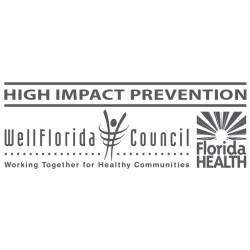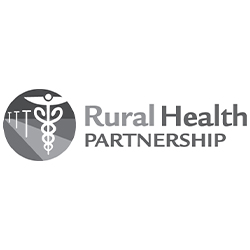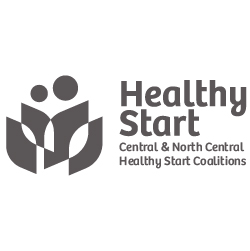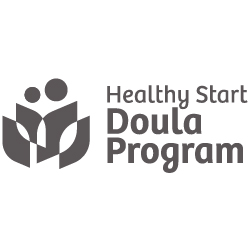Alachua County drops in annual county health rankings
Gainesville Sun
By Christopher Curry
While still faring better than most of the state, Alachua County dropped several spots in the latest annual county-by-county ranking of residents’ health.
Neighboring rural counties – including Union, Putnam and Bradford – again ranked toward the bottom of the state’s 67 counties, a situation health care providers serving those areas attributed to limited access to medical care, grocery stores with fresh foods and exercise opportunities.
Released on Wednesday, the 2016 Robert Wood Johnson Foundation and University of Wisconsin Population Health Institute County Health Rankings had Alachua County at 25th in the state for health outcomes, a measure that takes into account factors like early deaths, low weight births and resident survey answers about physical and mental health.
That was a seven spot drop from Alachua County’s 18th place ranking in 2015.
In health factors, Alachua County dropped from second in the state to 10th. That measures looks at behaviors such as smoking, exercise or the lack of it, alcohol consumption, access to care and environmental issues such as pollution and water quality.
Jeff Feller, the CEO for the WellFlorida Council, the nonprofit health council for north Florida, said some of the change may have come from the way the numbers are crunched. He said the latest rankings changed to use survey data from one year, 2014, instead of a rolling five-year average.
With that change, Feller said Alachua County dropped from 19th to 40th in morbidity, the prevalence of disease, and from ninth to 33rd in health behaviors.
Feller said he was still working to sort out whether the new calculation method affected Alachua County’s ranking.
“There could be real changes or the new way the data is calculated could be driving down the ranking or the new calculation could be more accurate and show where we really are,” he said.
Comparing 2015 health outcomes to 2016, Alachua County saw a slight uptick in the number of residents reporting poor or fair health and an increase in low weight births from 8.8 percent to 9 percent.
Looking at long-term trends in health factors, the county is trending downward in the percent of women with Medicare coverage getting mammograms and has an increase in air pollution. While faring better than the state, the number of children in poverty and the unemployment rate were trending up. The county fared better than the state average in teen births and the rate of uninsured residents but had a much higher rate of sexually transmitted diseases than the state average.
Along a country stretch of State Road 235 south of Brooker, the Alachua County Organization for Rural Needs (ACORN) Clinic serves low-income and uninsured residents from Alachua, Bradford, Union and some 20 other north Florida counties.
ACORN Clinic Executive Director Candice King said with its large hospitals and health centers, Alachua County seems to be a hub for health care. But she points to an income gap that typically ranks as one of the widest among metro areas in the country as a barrier to affording care.
“Alachua County is a study of disparities,” King said. “We have a lot of health care but we have a huge income disparity in Alachua County and translates into health care access disparities and health disparities.
She said the county’s impoverished and uninsured are helped by a “robust health care safety net” that includes providers like ACORN, the Archer Family Health Care clinic, the Helping Hands clinic and the University of Florida Mobile Outreach Clinic, a rolling clinic in a converted Bluebird bus that brings care to people.
Those clinics and a Jacksonville area dental clinic are slated to receive a $650,000 combined infusion of state funding in the next budget year to serve as a training ground for students in the medical and dental fields and expand their care to patients.
As for surrounding rural areas, Union County was no longer last in the state for health outcomes but only improved one spot to 66 out of 67 counties. Bradford, Putnam, Union and Dixie all ranked toward the bottom of the state for health outcomes and health factors.
This year’s rankings included a more in-depth comparison of rural and urban counties that showed rural counties had higher rates of premature death and nearly one in five rural counties saw increased premature death rates over the past decade, while most urban counties have experienced consistent improvement. Rural counties also tended to have higher rates of smoking, obesity, child poverty, teen births, and higher numbers of uninsured adults than their urban counterparts.
As for access to a family doctor for preventive care, Dr. Dale Ryon, a retired internal medicine physician who volunteers in the Brooker area, said the amount of debt a young doctor carries after medical school is a barrier to opening a private practice in a small town.
In an election season, Ryon offered his proposed solution.
“My plan when I get to be president is to have a system where these underserved rural counties have a physician whose medical school is paid for by the federal government,’’ he said.
Lynne Webster, a retired nurse practitioner who worked at health departments across the state and now volunteers at ACORN, said in lower-income rural areas “people often faced a choice of eating well or buying their medication.” Webster also noted that many times these small towns and rural areas do not have grocery stores and residents lack access to fresh vegetables unless they live on a farm and grow their own. Without a grocery store, they end up buying high sodium, low vitamin processed foods at dollar and discount stores, contributing to issues with obesity and poor health.
Ericka Burroughs-Girardi, a community coach and a researcher on the rankings, said exercise opportunities are also limited in more rural areas.
“Access to a safe place to walk is not as great,” she said. “You could end up having to walk along a road without a sidewalk.”
Burroughs-Girardi said the researchers behind the rankings want to eliminate inequities between rural areas and more suburban or urban areas.
“What we want is for everyone to have access to a full service grocery store and a place to exercise and be safe,” she said.
Read the article online.













